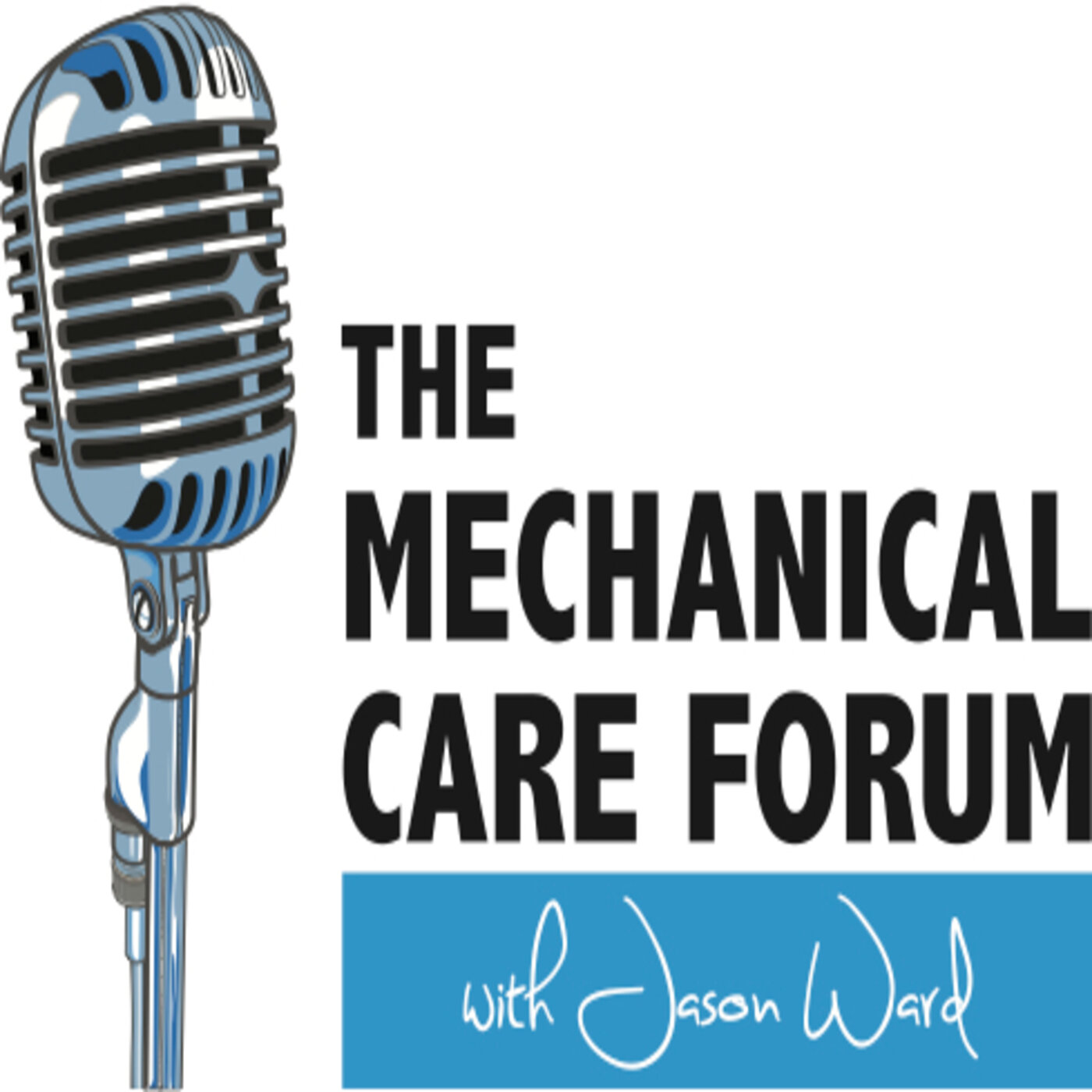In episode 3 of season 6 of Inside the Science we’re highlighting the study, “How common is imaging for low back pain in primary and emergency care? Systematic review and meta-analysis of over 4 million imaging requests across 21 years” with Dr. Mark Hancock. He explains the context of this topic and what prompted it what the more important data to retain from this study is, the challenges with defining what appropriate and inappropriate imaging is, some practical in-clinic considerations, other studies which may be important to read as well, how he educates his patients related to their appropriateness for imaging, the clinical implications and the big takeaways.
Season 5, Episode 9 with Ebonie Rio: Adaptation of the pathological tendon: You cannot trade in for a new one, but perhaps you don't need to?
In episode 9 of season 5 of Inside the Science we’re highlighting the editorial, “Adaptation of the pathological tendon: You cannot trade in for a new one, but perhaps you don't need to?” with Dr. Ebonie Rio. She explains the current understand of the pathology of a tendon, how she educates her patients who present with a painful or limiting tendon, some suggested resources to paint an accurate picture for patients, the clinical implications and the big takeaways.
Season 4, Episode 7 with Italo Lemes: The study: Do exercise-based prevention programmes reduce non-contact musculoskeletal injuries in football (soccer)? A systematic review and meta-analysis
In episode 7 of season 4 we’re highlighting the study, “Do exercise-based prevention programs reduce non-contact musculoskeletal injuries in football (soccer)? A systematic review and meta-analysis with 13,355 athletes and more than 1 million exposure hours” with Dr. Italo Lemes. If you’d like to get access to the full discussion with Dr. Lemes to hear him further explain the specifics as to how this trial was conducted, what made up these prevention programs, what we should consider in addressing footballers or soccer players, the specific implications and the big takeaways
Season 3, Episode 16 with Vincent Eggerding: ACL reconstruction for all is not cost-effective after acute ACL rupture
In episode 16 of season 3 of Inside the Science we’re highlighting the study, “ACL reconstruction for all is not cost-effective after acute ACL rupture” with Dr. Vincent Eggerding. He shares what else is out there in the literature on this topic, what a quality-adjusted life year is, the most important data gleaned from this study related to cost and outcomes, how many subjects in the rehab group were eventually operated on, how we might use this information clinically, and the big takeaways.
Season 3, Episode 13 with Torstein Dalen-Lorensten: Is the Acute: Chronic Workload Ratio (ACWR) Associated with Risk of Time‑Loss Injury
In episode 13 of season 3 of Inside the Science we’re highlighting the study, “Does load management using the acute: chronic workload ratio prevent health problems? A cluster-randomized trial of 482 elite youth footballers of both sexes” with Dr Torstein Dalen Lorensten. He shares his views on the specific items and how they were measured for these youth athletes, his belief as to what caused these results, what this means for those working with youth athletes and with the goal of reducing injury, and the big takeaways.
Season 3, Episode 8 with Christa Wille and Mikel Joachim: Lower step rate is associated with a higher risk of bone stress injury: a prospective study of collegiate cross country runners
In episode 8 of season 3 of Inside the Science we’re highlighting the study, “Lower step rate is associated with a higher risk of bone stress injury: a prospective study of collegiate cross country runners” with Ms. Christa Wille and Ms. Mikel Joachim. They share specifics about their aims with this study, what two primary factors were most associated with bone stress injuries and what weren’t, the clinical implications and the big takeaways.
